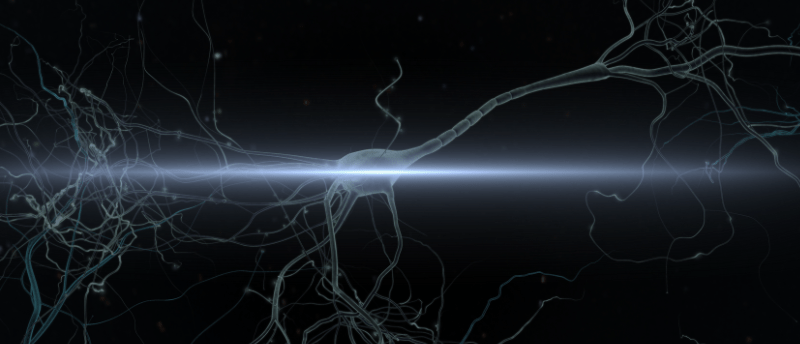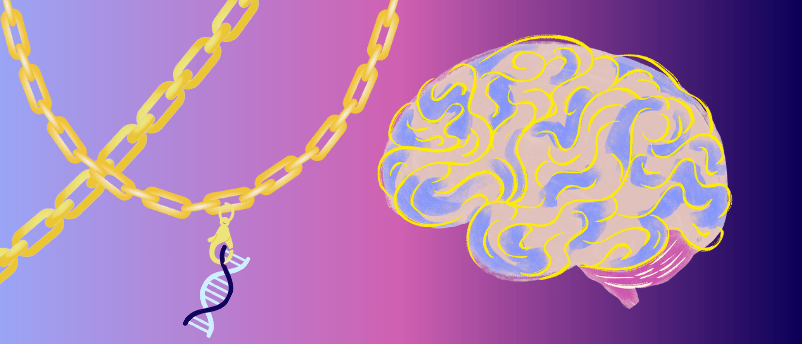In the spotlight: photopharmacological anti-seizure drug treats neuropathic pain

Researchers have developed light-activated derivatives of the anti-seizure drug carbamazepine to treat neuropathic pain in rats.
A new study based at the Institute for Bioengineering of Catalonia (Barcelona, Spain) has demonstrated the analgesic effects of carbamazepine derivatives when activated by light, inhibiting local nerve signals on demand. Light-based therapies could offer alternative pain treatments thanks to their ability to target specific regions and their lack of side effects commonly caused by systemic drugs.
Neuropathic pain is caused by lesions or diseases of the somatosensory system, such as sciatica and diabetic neuropathy. Traditional therapies for neuropathic pain, such as opioids, have displayed inconsistent efficacy, systemic side effects and high dosage requirements that can lead to addiction.
Researchers are exploring light-based treatments as alternative therapies for pain. Photopharmacology, using light to control drug activity, involves modifying a drug’s chemical structure by adding a light-sensitive molecular switch. This means that a drug is only activated when exposed to a certain color of light and can be localized by only illuminating target organs.

Lucky CHARMs: molecular tools for treating prion diseases
CHARM – a novel molecular tool – can turn off disease-causing genes, such as the prion protein gene.
To develop a light treatment, the researchers synthesized two light-activated derivatives – carbazopine-1 and carbadiazocine – of the anti-seizure drug carbamazepine, which is used to treat some types of neuropathic pain. They tested the compounds in vivo in zebrafish larvae, exposing them to violet LEDs and halogen lamps emitting between 400-590 nm. They found that the compounds allowed for the reversible control of hippocampal neurons and locomotion by light.
Luisa Camerin, first author of the study, explained, “When we illuminate larvae that have uptaken these compounds with a certain wavelength, the drug is activated and the larvae move faster. If we change the wavelength, their movement slows down again, demonstrating the reversible effect of the compound on the nervous system.”
Additionally, in rat models developed in Esther Berrocoso’s lab at the University of Cadiz (Spain), the researchers observed that carbadiazocine has an analgesic effect on neuropathic pain, without accompanying signs of sedation or toxicity.
The current study demonstrated the potential of light-activated drugs, specifically for treating neuropathic pain, highlighting their simplicity, non-invasiveness, efficacy and seemingly limited side effects. Next, the team plans to develop infrared light-activated drugs as these would be able to penetrate deeper into tissues, as well as drugs that can be activated by portable light sources, such as lasers.